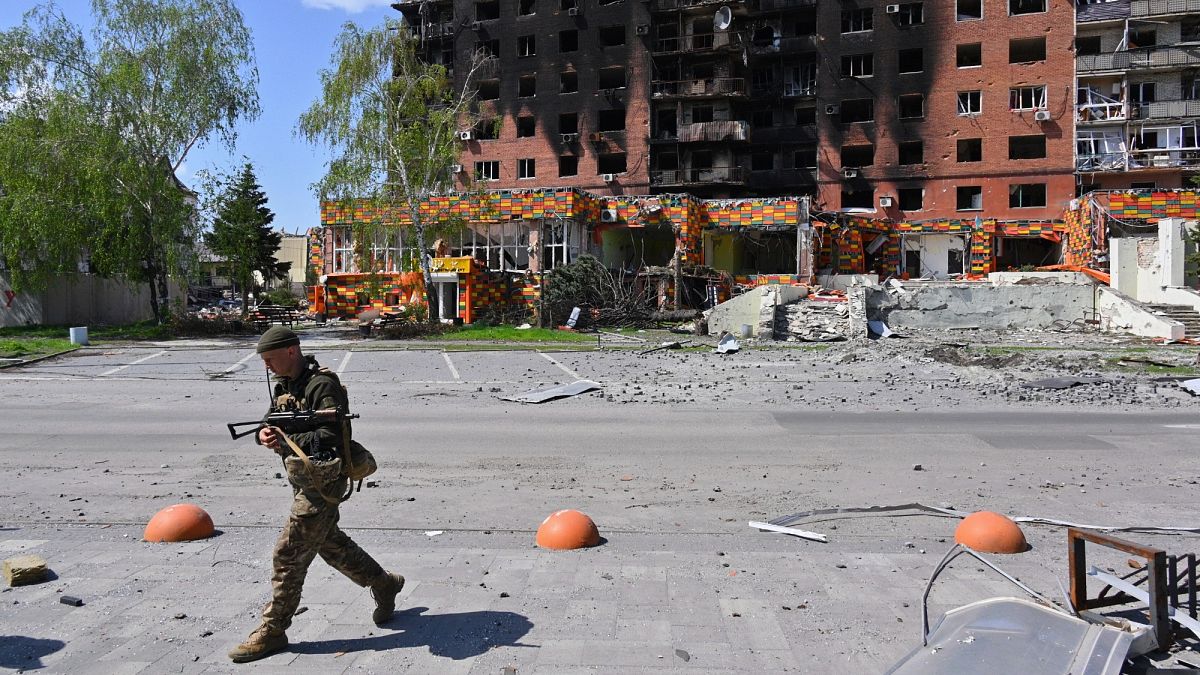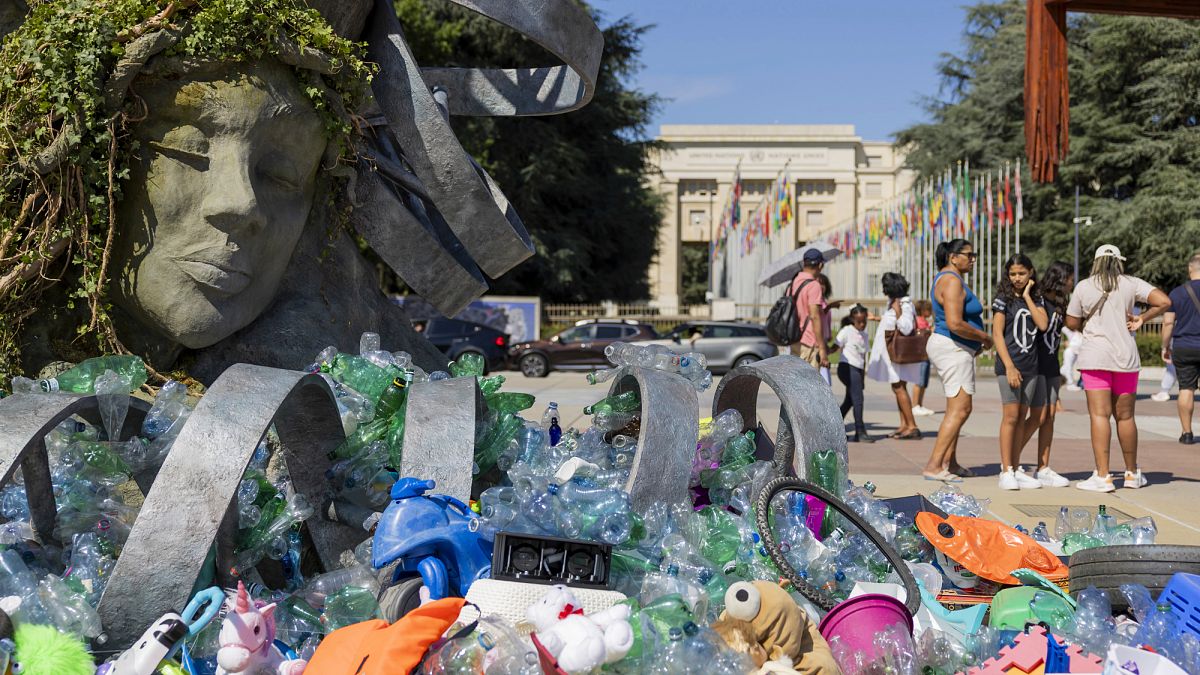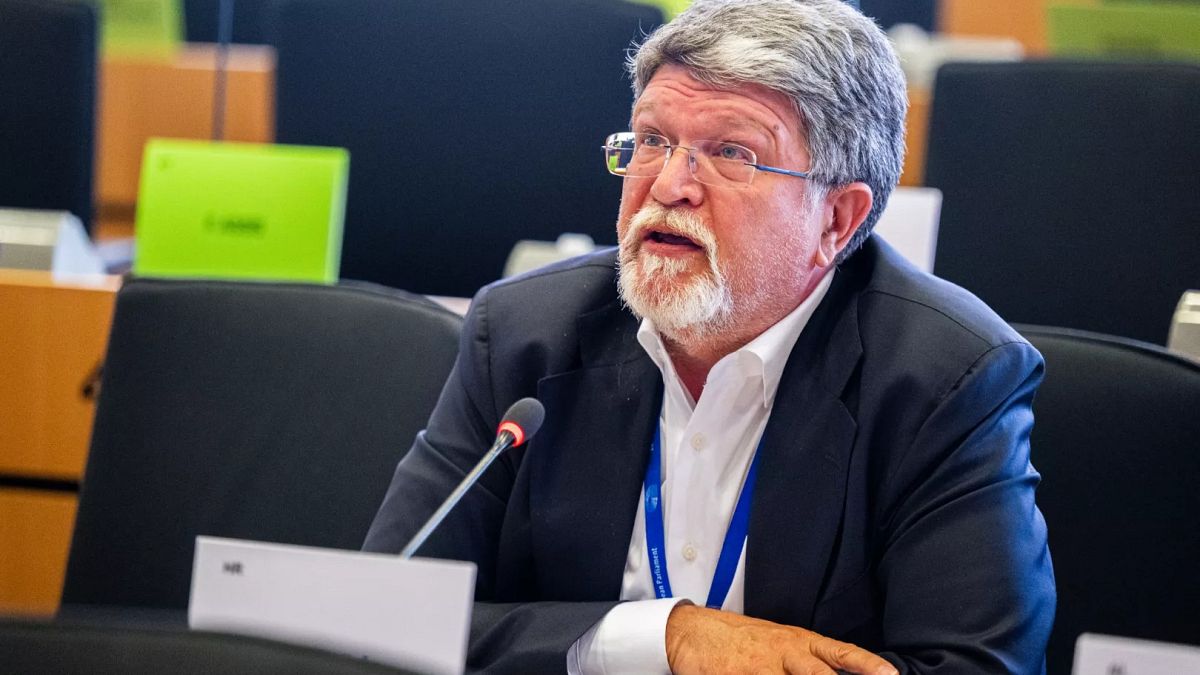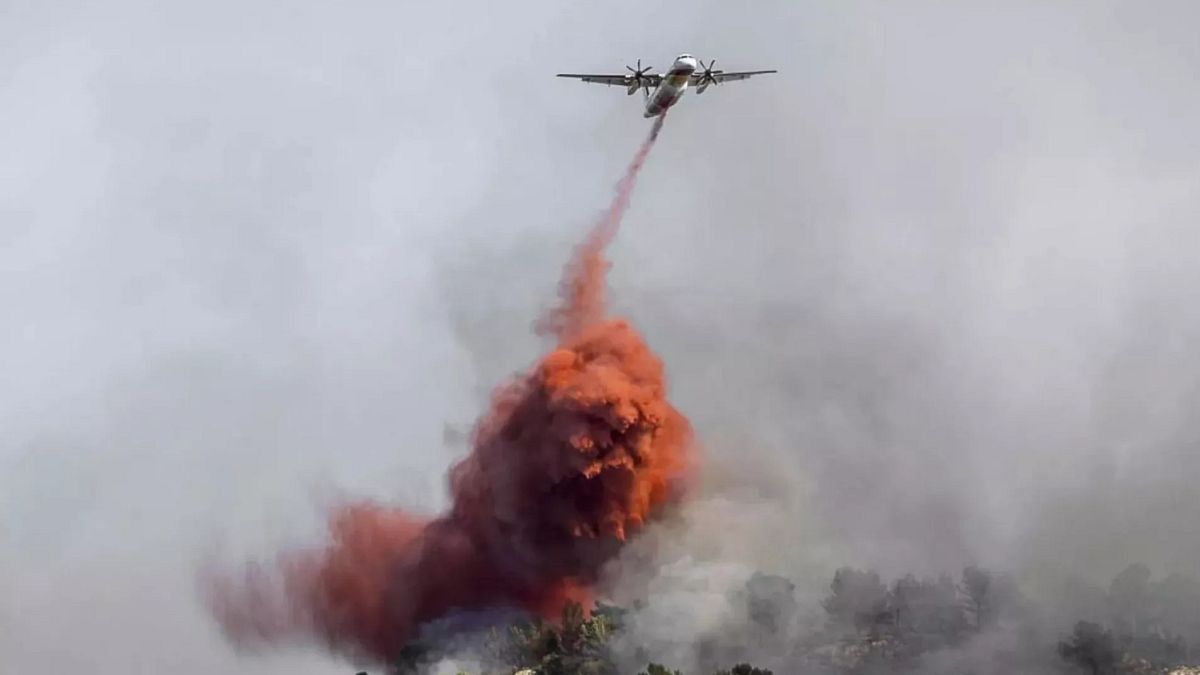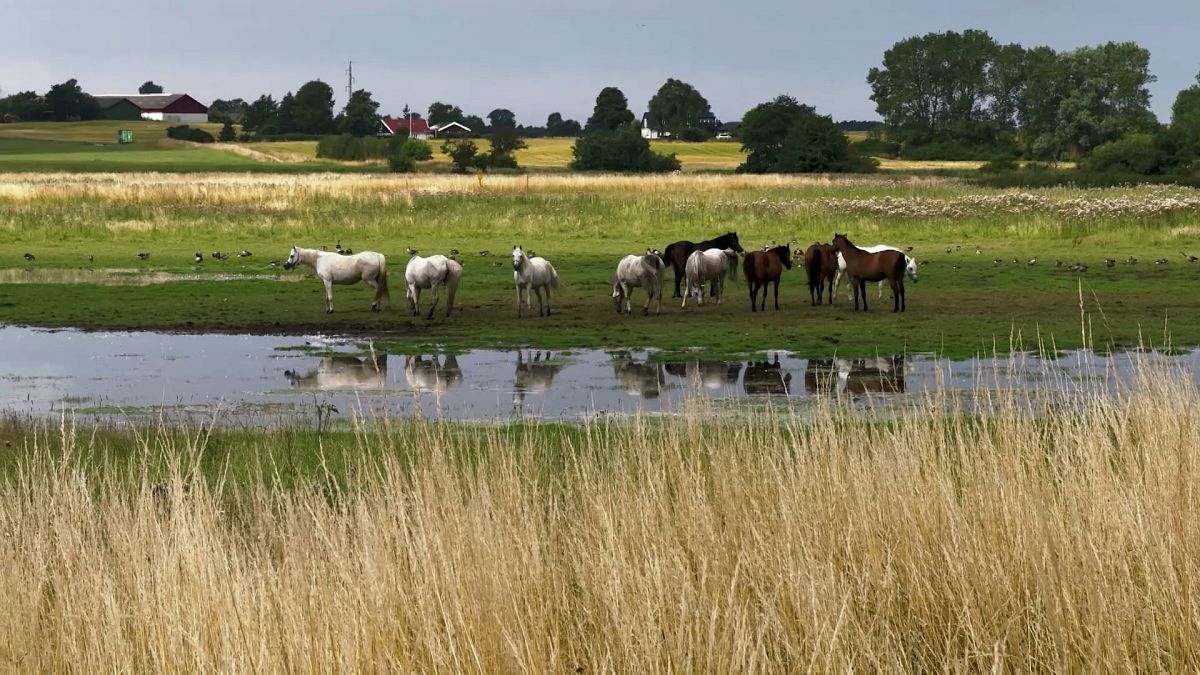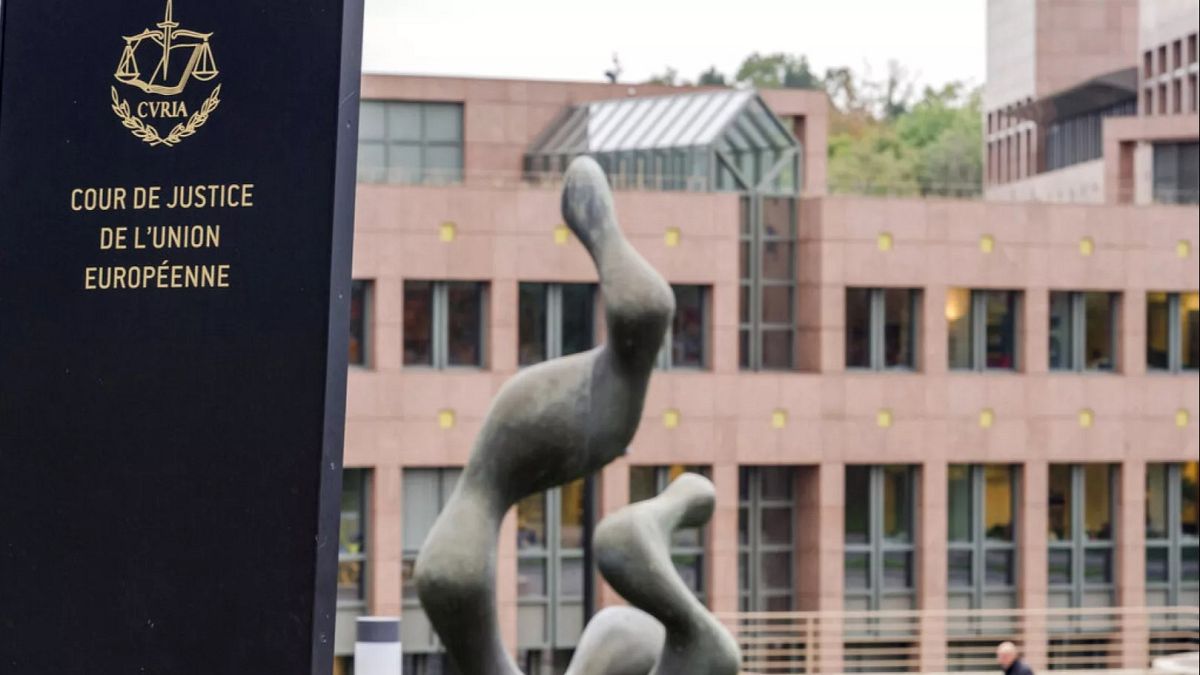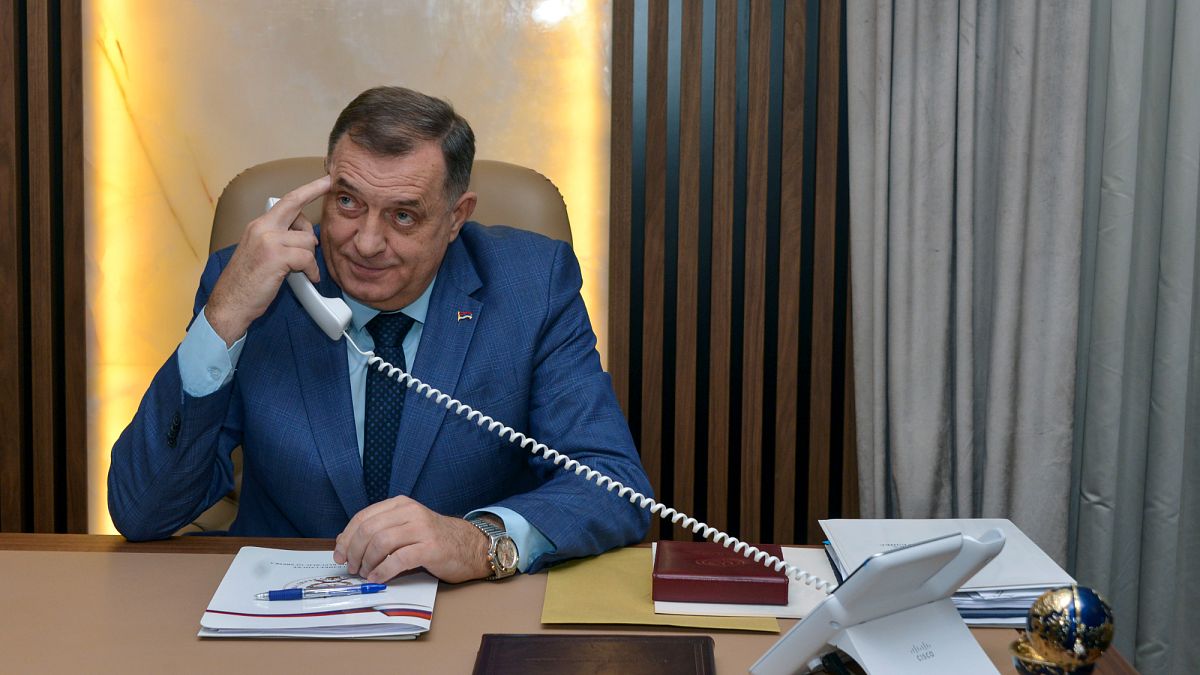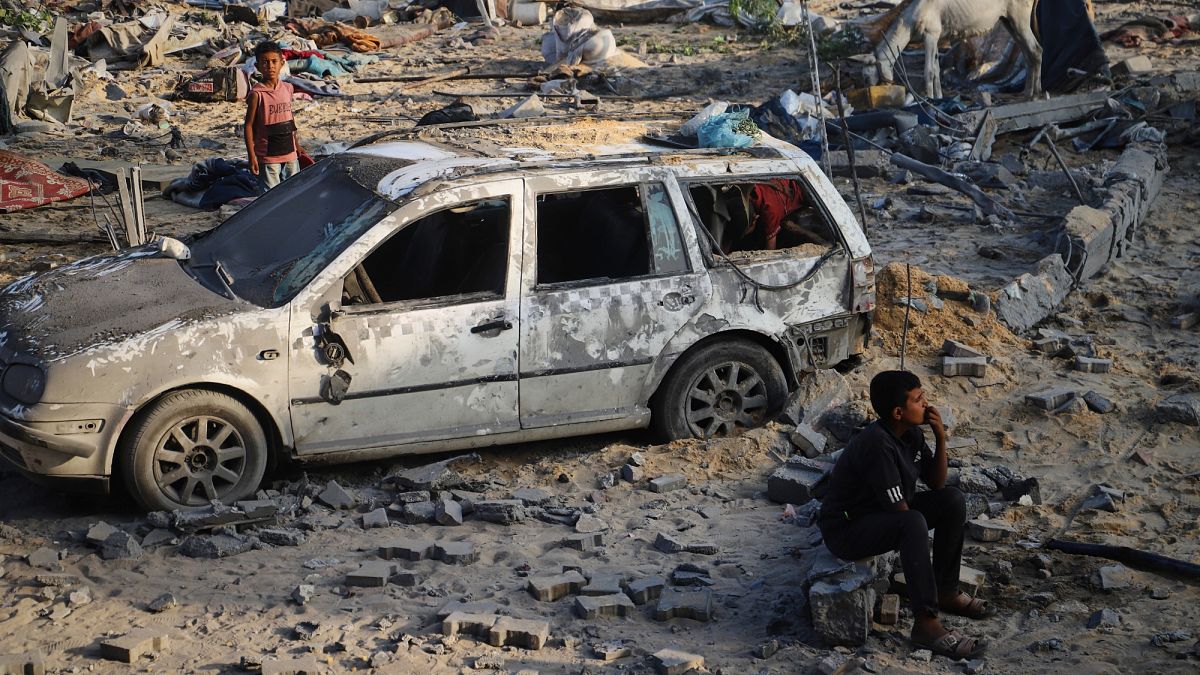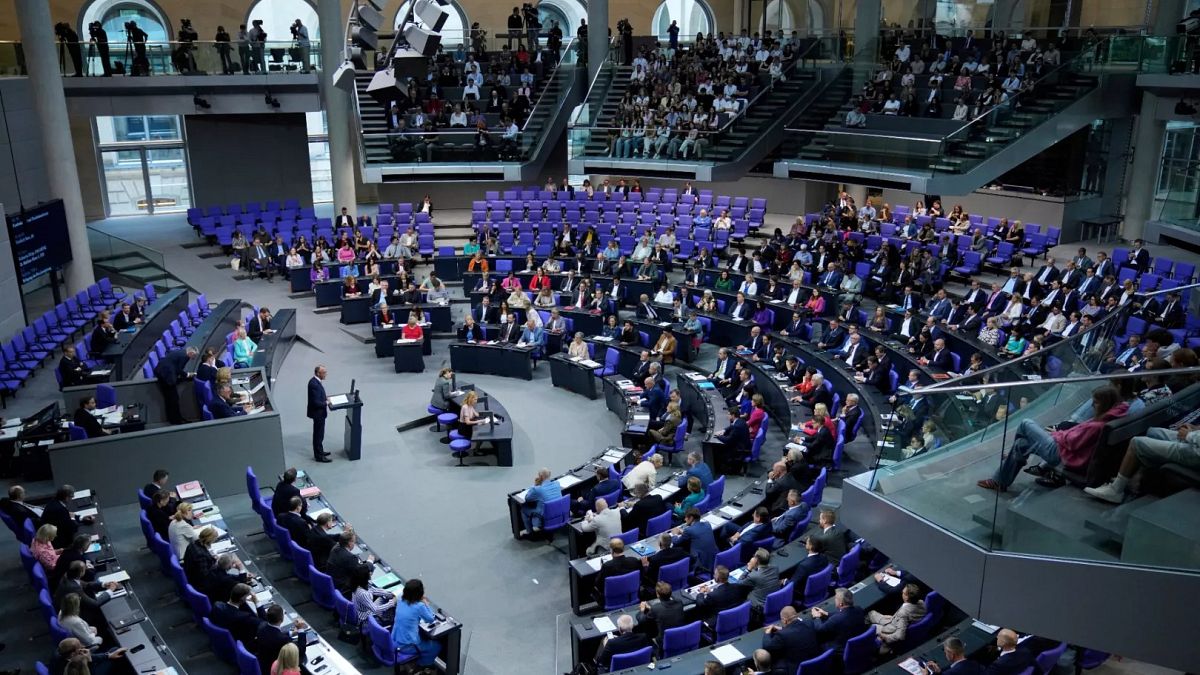Russia has lost almost 1 million troops in its ongoing all-out war against Ukraine, the General Staff of Ukraine’s Armed Forces reported on Monday, after Russian forces suffered another 1,000 casualties in the past 24 hours.
Kyiv does not specify whether the numbers include killed or wounded, but the general perception is that they include all casualties: dead, wounded, missing, and captured.
Ukraine officials have been tracking Russian troops and equipment losses daily since Moscow launched its full-scale invasion on 24 February 2022. Ukraine and Russia do not reveal their losses publicly.
In February, Ukrainian President Volodymyr Zelenskyy said over 46,000 Ukrainian soldiers have been killed on the battlefield since early 2022. He also said nearly 380,000 Ukrainian soldiers have been injured and “tens of thousands” remained either “missing in action” or being held in Russian captivity.
Russian deputy defence minister accidentally revealed at the end of last year that the ministry received 48,000 applications for DNA tests from relatives of the missing soldiers.
Anna Tsivilyova spoke about it at a roundtable in the Russian Duma on 26 November 2024, saying the relatives’ DNA had been collected and stored in a database.
With the loss rate of around a thousand troops per day, Russia has already tried to recruit foreigners into its army.
Up to 12,000 North Korean soldiers have joined the Moscow troops since the end of 2024 — as confirmed by Pyongyang after multiple western sources and Kyiv initially reported on this development.
In April, Kyiv also said its forces captured the Chinese nationals fighting for Russia. According to the Ukrainian military intelligence, at least 160 Chinese citizens serve in Russia’s Armed Forces.
Beijing has rejected sending troops in any official manner, claiming these are individuals who volunteered instead.
Russia’s new summer offensive
Russia is now preparing for a new offensive, possibly over the summer, the Ukrainian military has said. The fighting has intensified along Ukraine’s frontline, stretching for over 1,000 kilometres across multiple regions of the country.
Moscow forces have been pushing hard around Pokrovsk and Kostyantynivka in eastern Donetsk region.
The US-based Institute for the Study of War think tank (ISW) said Moscow has been pushing for months to capture the remaining parts of Ukraine’s Donetsk region, its primary goal since Russia first invaded Ukraine in 2014.
Pokrovsk has been the focal point of Russia’s ground assaults, with Moscow troops reinforcing its attacks there. Its geographic location makes it arguably one of the most important logistics hubs and extremely close to the rear of Ukraine’s fight against the Russian invasion.
Kyiv said Russian forces intended to reach and enter the Dnipropetrovsk region by 9 May. However, they failed, although they were getting closer to the administrative border with the Donetsk region.
Deputy Chief of Staff of the Ukrainian Armed Forces Ihor Romanenko said that Russian President Vladimir Putin wanted to demonstrate his troops’ progress during his Victory Day parade on the same day.
Meanwhile, the Ukrainian military has warned that Russia may be preparing new attacks on Kharkiv.
Moscow has been gathering its troops close to the border with Ukraine’s Kharkiv region. Andrii Pomahaibus, the chief of staff of Ukraine’s 13th National Guard Khartiia Brigade, said Russia is trying to move the troops closer to the contact line, but has so far failed to carry out attacks.
Putin’s ‘buffer zone’ strategy
Moscow’s plans for the summer offensive seem to reflect Putin’s plans of creating what he called a “security buffer zone” along the Ukrainian border.
Last Thursday, he addressed Russia’s government, saying, “A decision has been made to establish a necessary security buffer zone. Our armed forces are currently carrying out this task.”
His remarks came after regional officials in Russia’s Kursk region urged stronger border measures. Putin noted the zone would be along the Kursk, Belgorod, and Bryansk regions, which border Ukraine’s Sumy, Kharkiv, and Chernihiv regions.
Russian Security Council Deputy Chairman Dmitry Medvedev called for Russian control over a buffer zone encompassing nearly all of Ukraine, apart from a relatively small area of the Volyn and Lviv regions along Poland’s border.
Russia’s former president threatened that Moscow would seize all of Ukraine as a buffer zone if the West continues to supply Ukraine with military support.
Analysing his comments, the ISW calculated that Russian forces would need roughly a century to seize Medvedev’s proposed “buffer zone” at their current rate of advance at the cost of nearly 50 million casualties at current loss rates.
The think tank added that its estimates assume that Russian forces will be able to maintain their current assessed rate of advance.
“(Russian troops) have not demonstrated the ability to conduct the kind of rapid, multi-directional offensive operations necessary to accomplish these goals since early 2022 and are unlikely to significantly improve their abilities in the near future,” the ISW said.



